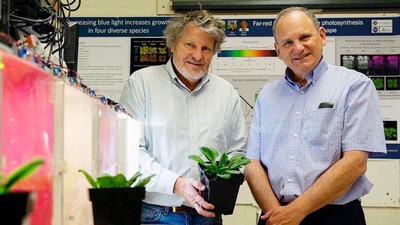Banishing Intrusive Thoughts: New Research at USU Can Help Those with OCD
How can one let go of intrusive thoughts if they have OCD? That is the question Brooke Smith, a graduate research assistant in the psychology department in Utah State University’s Emma Eccles Jones College of Education and Human Services, is attempting to answer.
More than 95 percent of the population has unwanted intrusive thoughts, Smith said, and most are able to easily brush those thoughts aside. But for an individual with obsessive-compulsive disorder (OCD), these intrusive thoughts are more difficult to forget.
“These thoughts keep coming into the person’s head and they try to get rid of them in various ways; when it doesn’t work, it can become distressing,” Smith said. “It can also be things like memories, urges, images or emotions.”
A significant amount of research has been done on the best treatment methods for other forms of anxiety, but less work has been done on the particular issue of how to manage intrusive thoughts. This is primarily because it is difficult to measure obsessions. With phobias, for example, researchers can measure the proximity of a patient to a phobic object before and after treatment—how close an individual with arachnophobia can get to a spider, or how close an individual with agoraphobia can get to a ledge.
Setting up a measurable study for obsessions is not as straightforward. How can a researcher measure proximity to an intrusive thought? What other measurement options are there?
To answer those questions, Smith’s research group is using various treatment methods with test groups and then measuring behavioral and physiological responses, such as heart rate and how much subjects sweat. This new approach will allow the researchers to gain a better measure different treatment approaches and the effect they are having on patients.
Understanding the nuances of treatment options can lead to more effective care for individuals with OCD in the future. Recent studies seem to suggest that certain processes within exposure treatments for phobias correlate with the success of the treatment. Smith’s aim is to develop similar understandings for OCD treatment.
This research will continue into next spring, and more participants are needed. While the eventual goal of the research is to learn more about the treatment of OCD, interested individuals don’t need to have OCD to participate. Smith can be contacted by email at brooke.smith@usu.edu.
Smith’s work is one of a number of projects overseen by Michael Twohig of the psychology department. His lab focuses on developing and testing interventions that improve human wellbeing.
Writer and contact: Rebecca Dixon, Rebecca.dixon@usu.edu, 435-797-1463
Comments and questions regarding this article may be directed to the contact person listed on this page.






